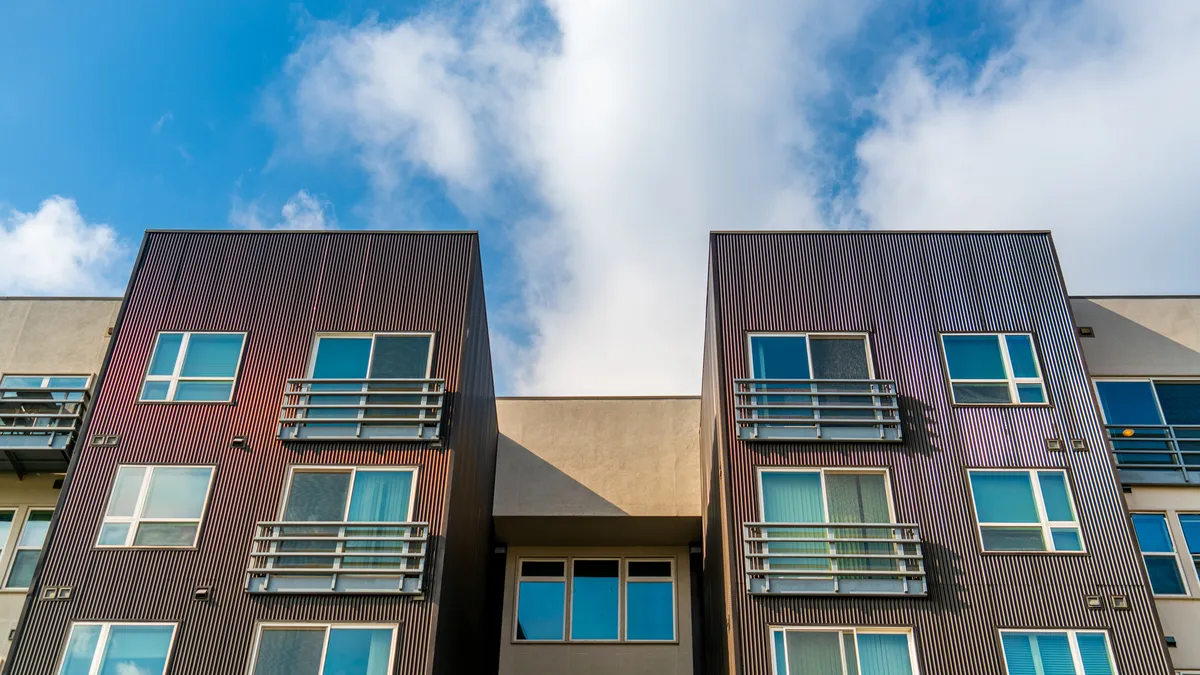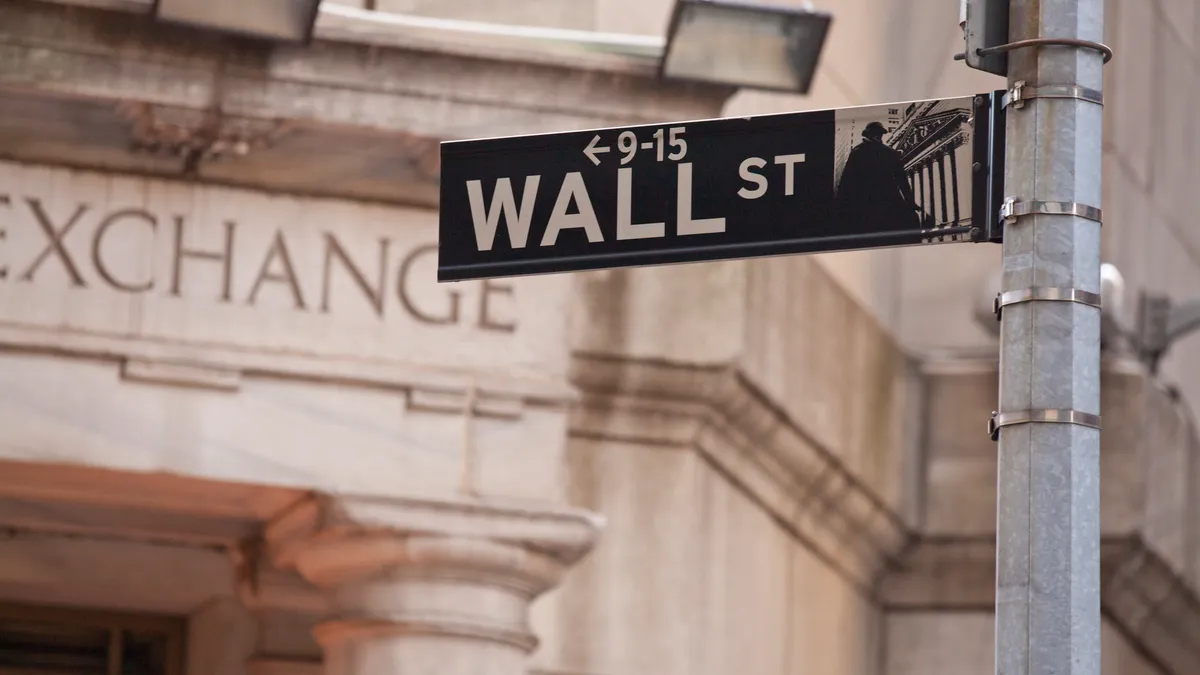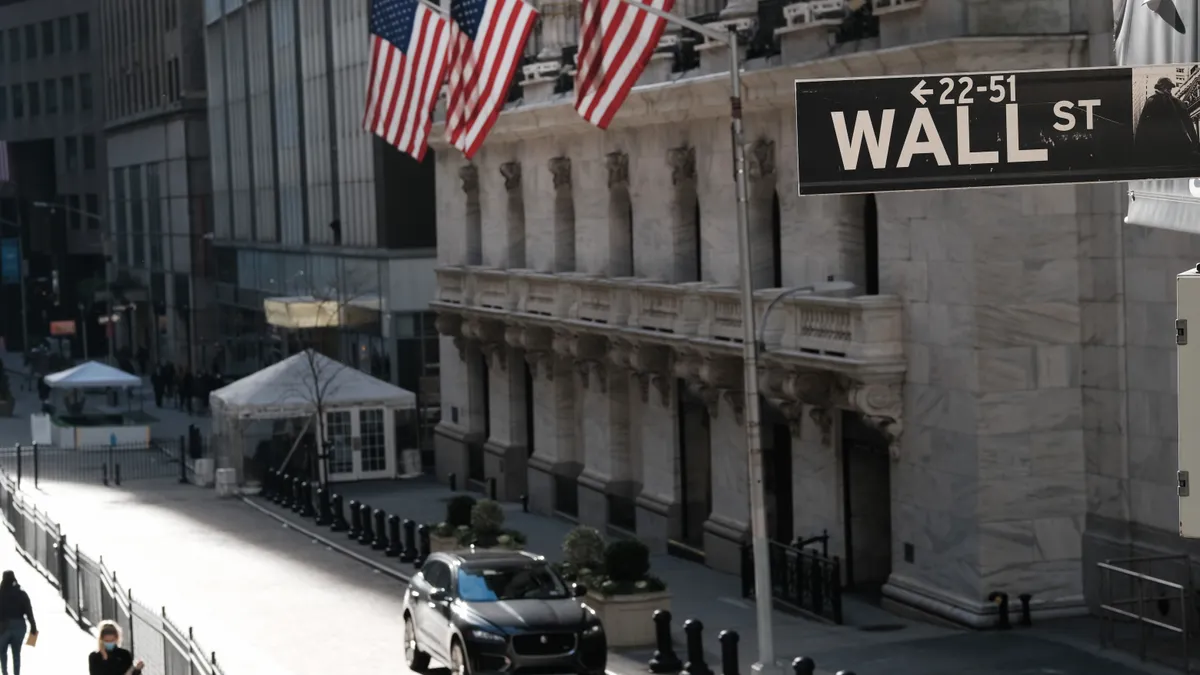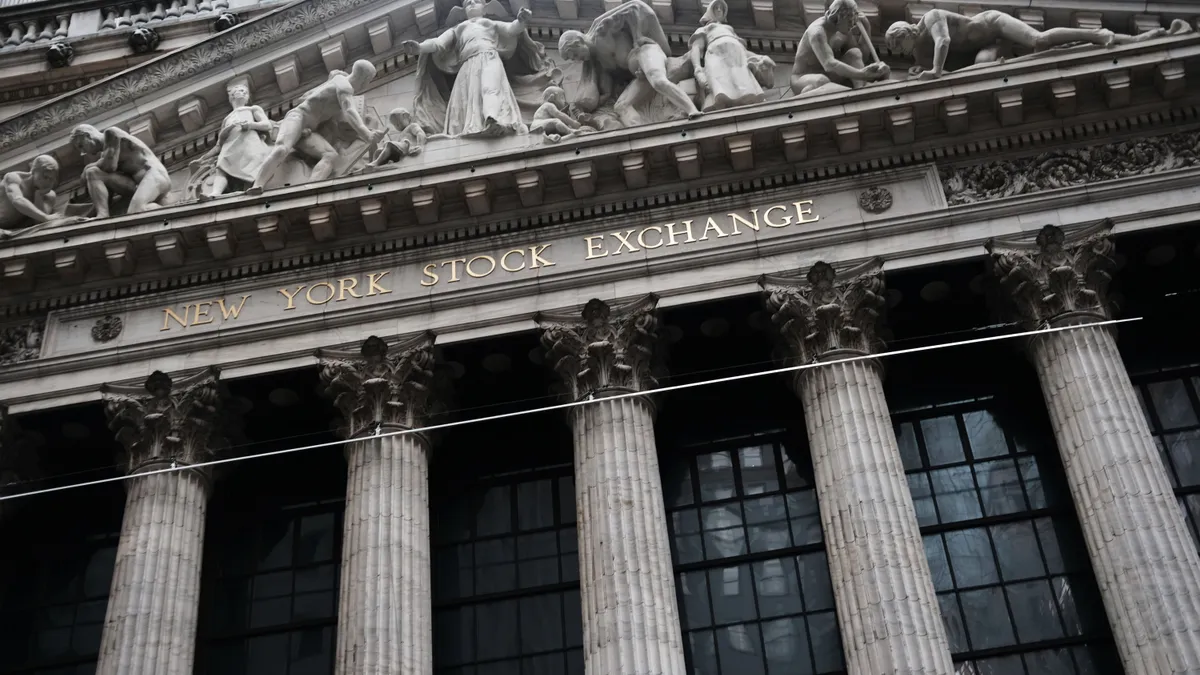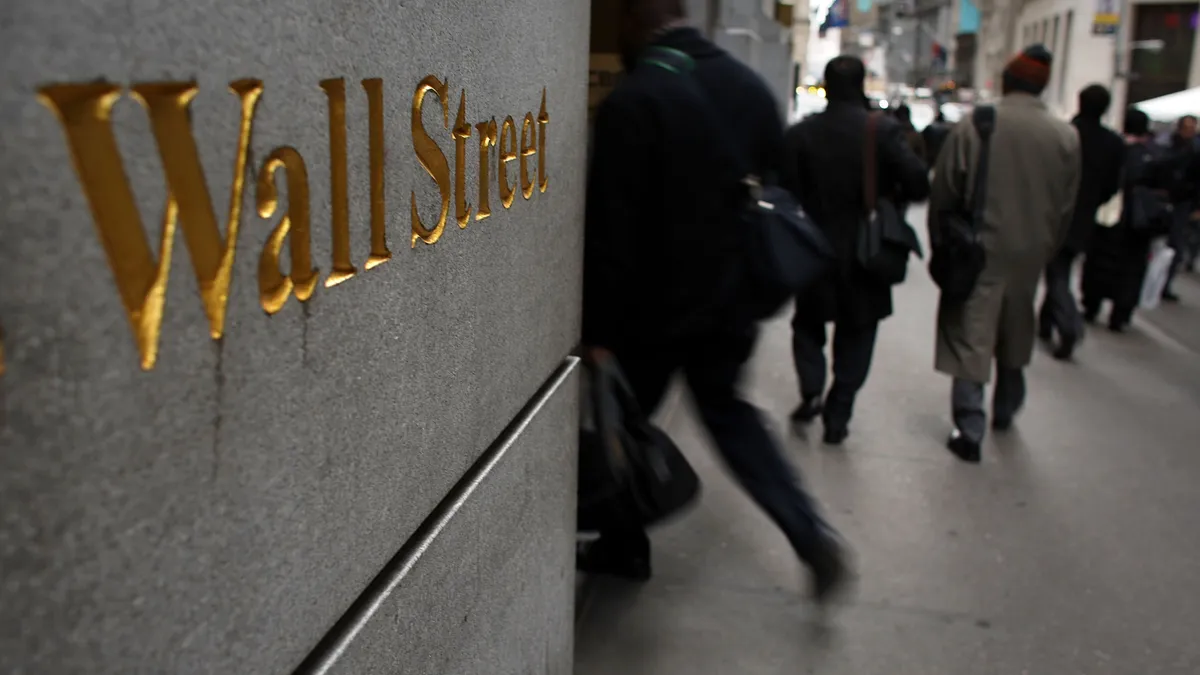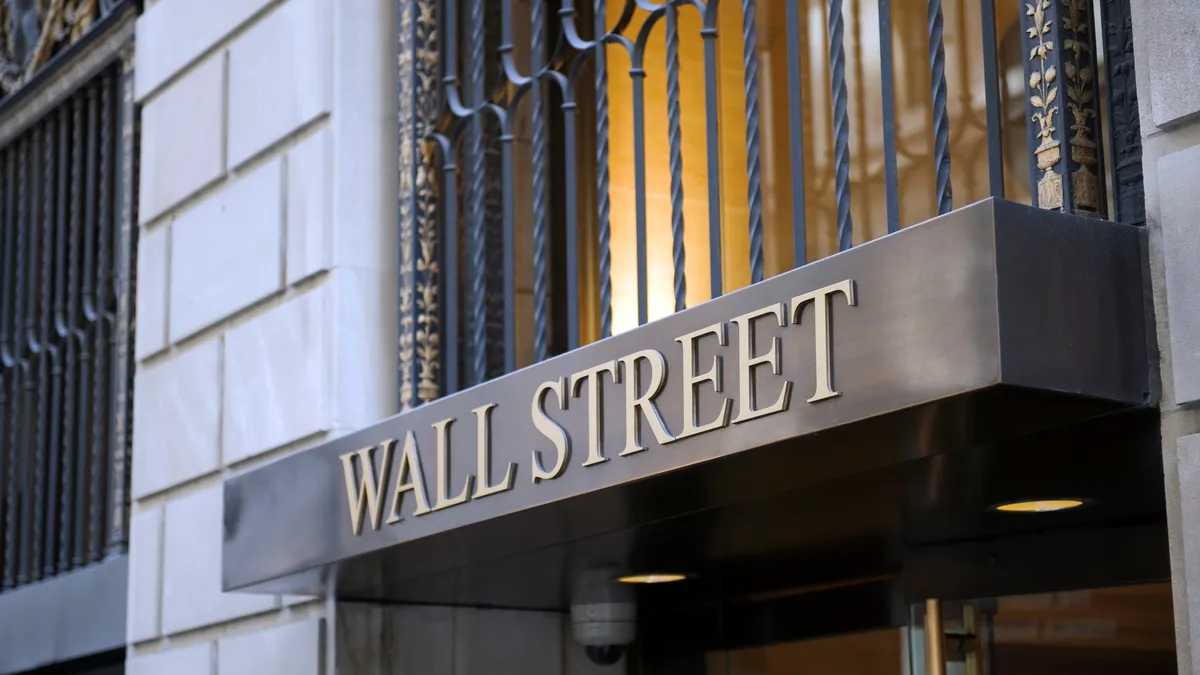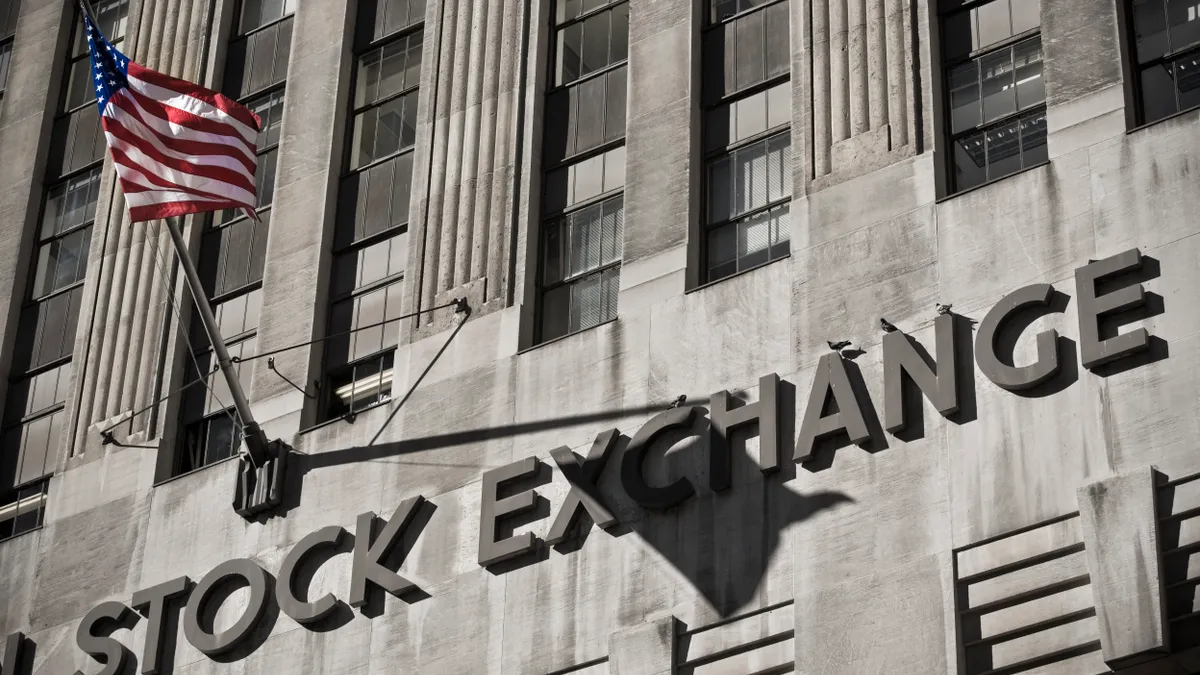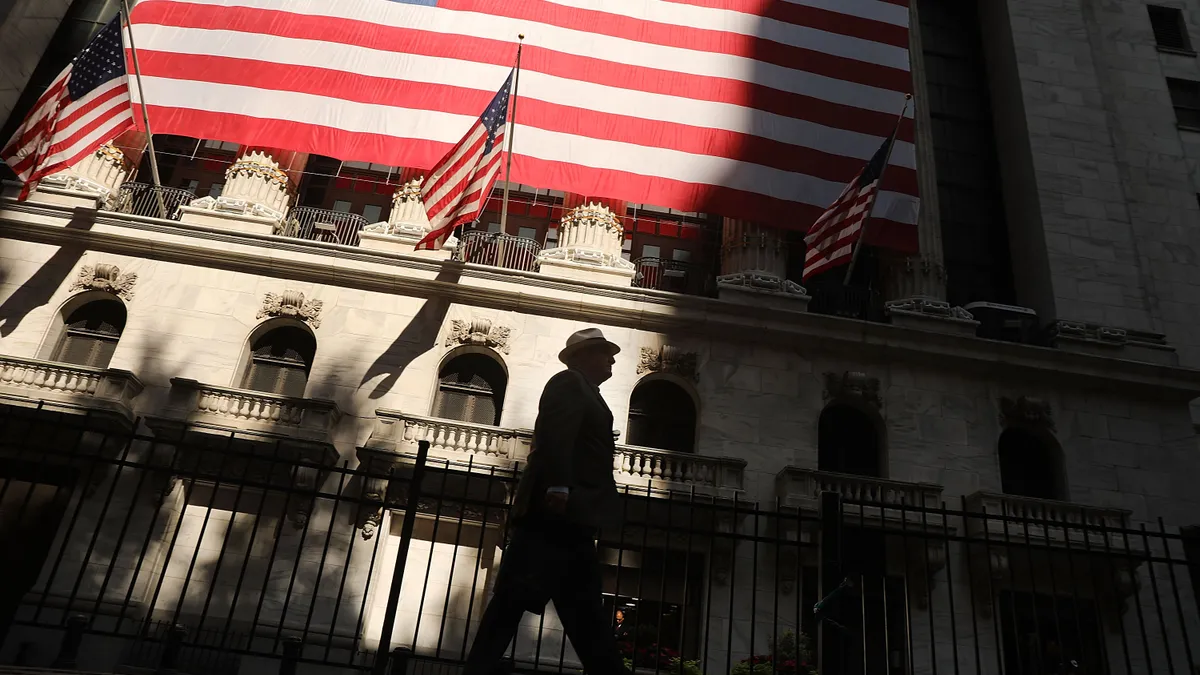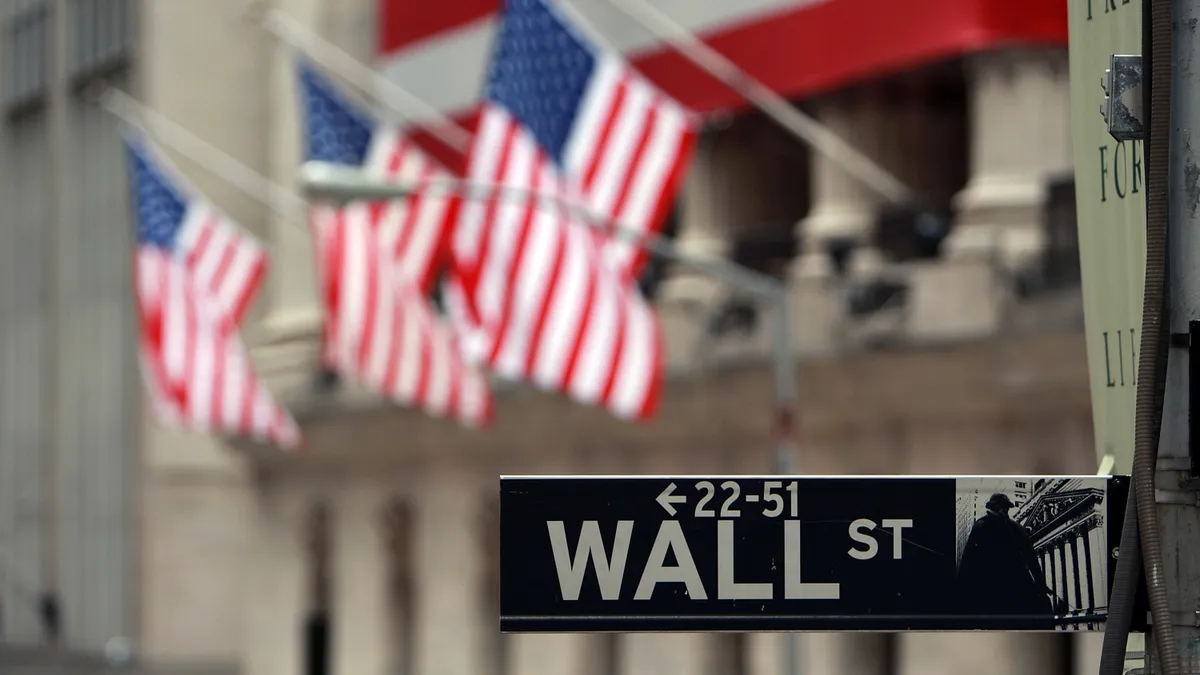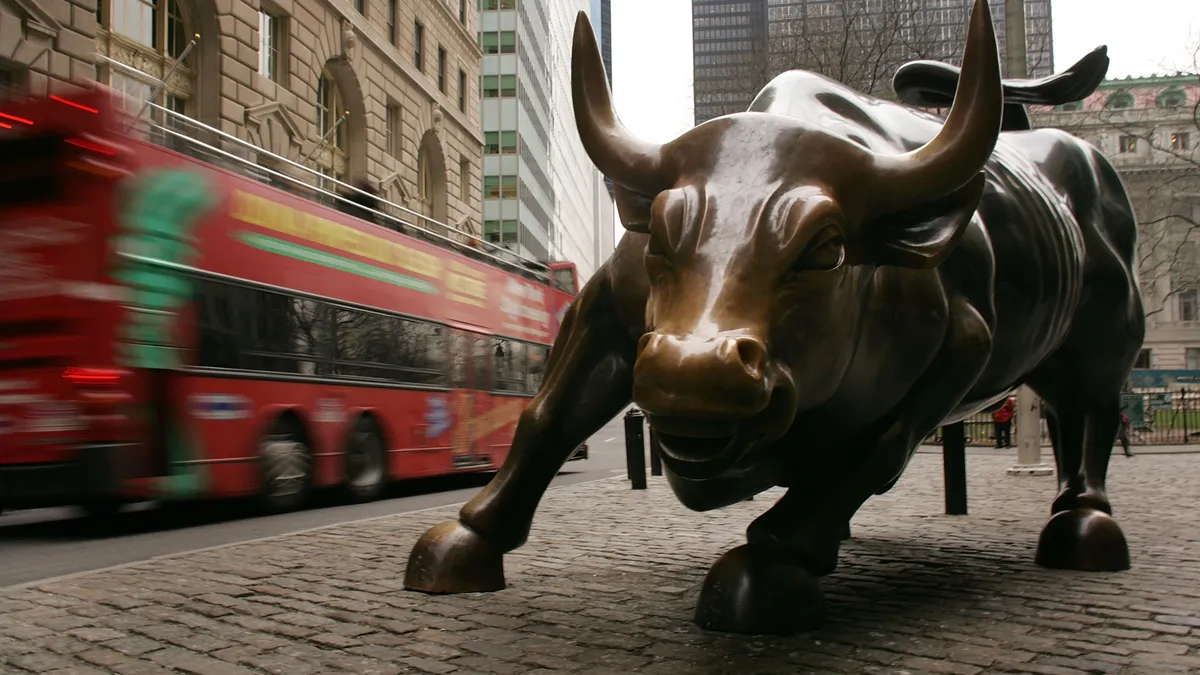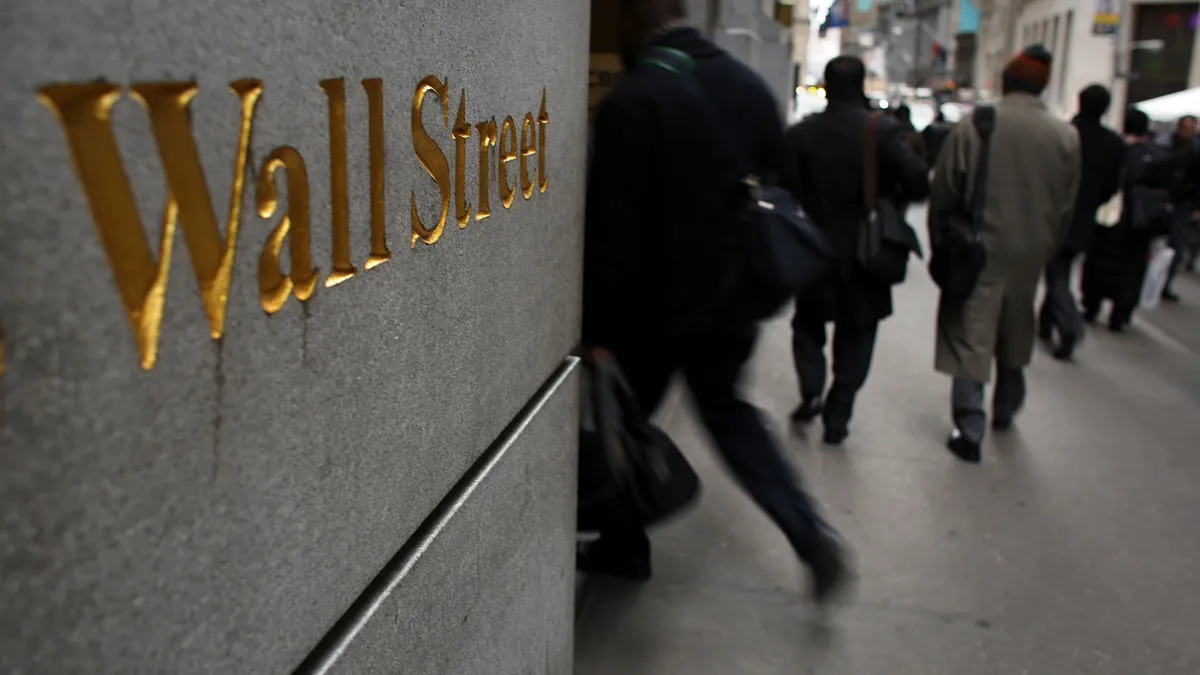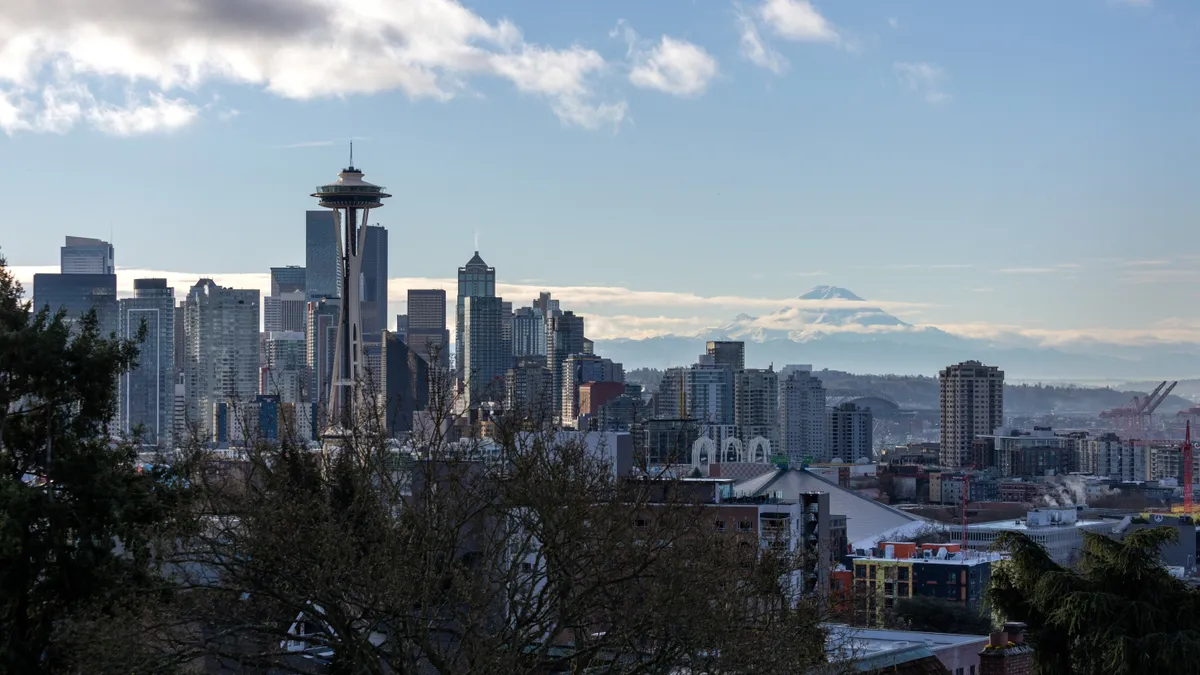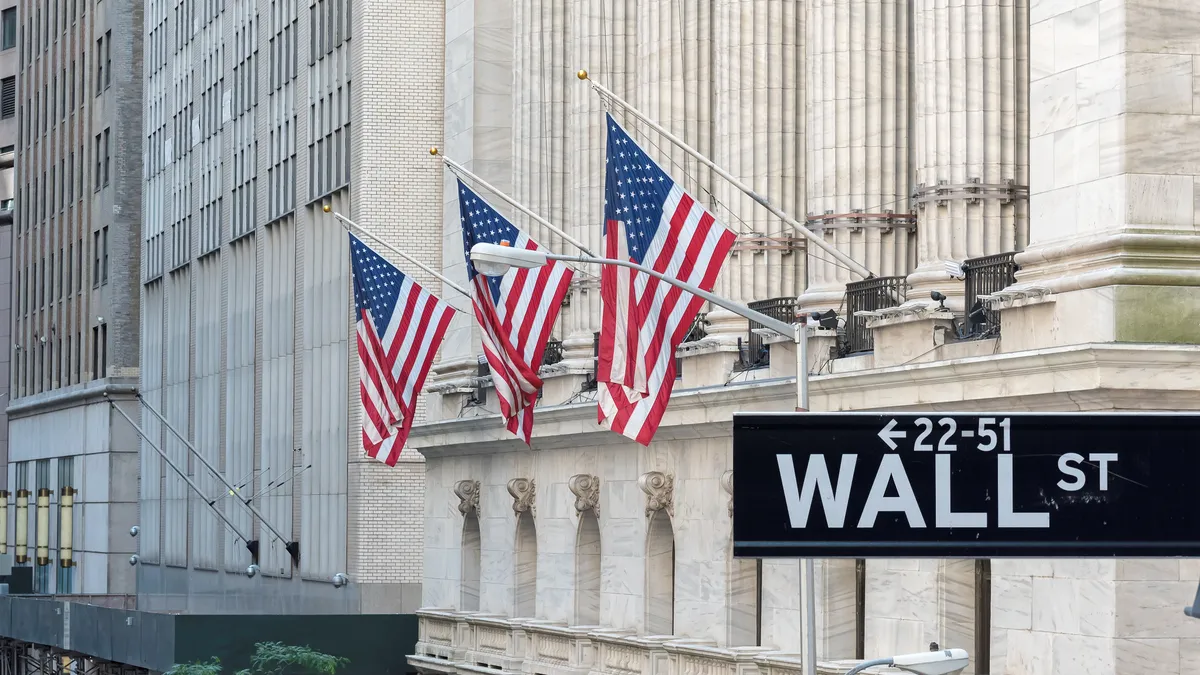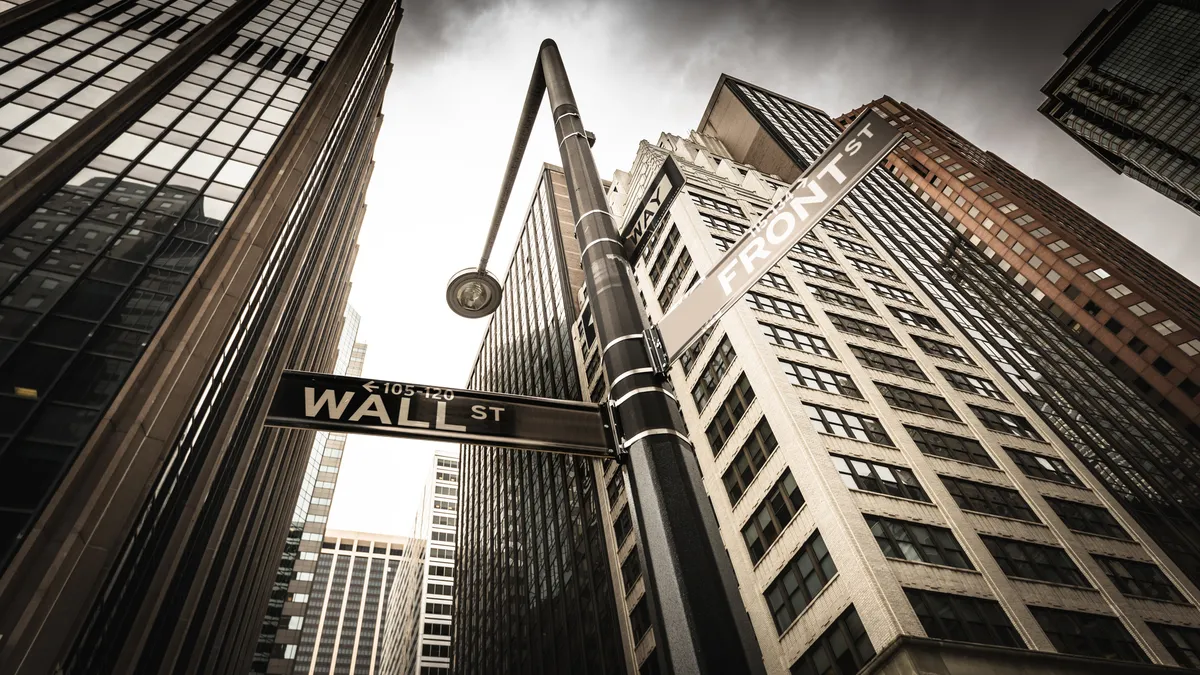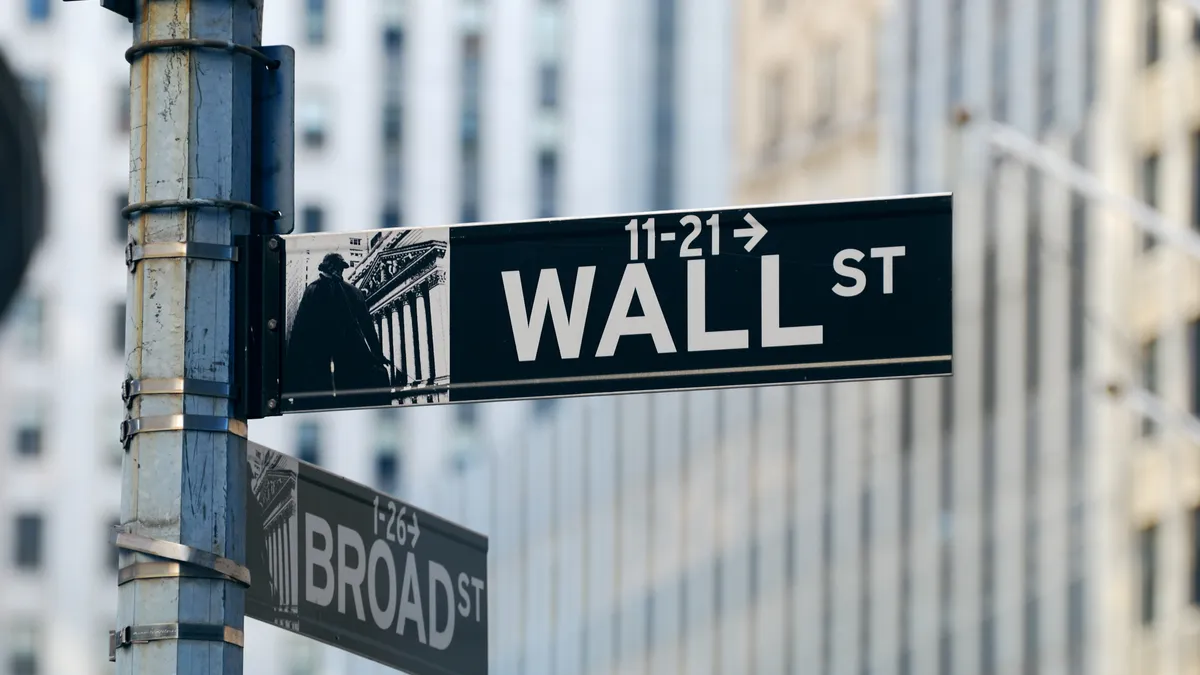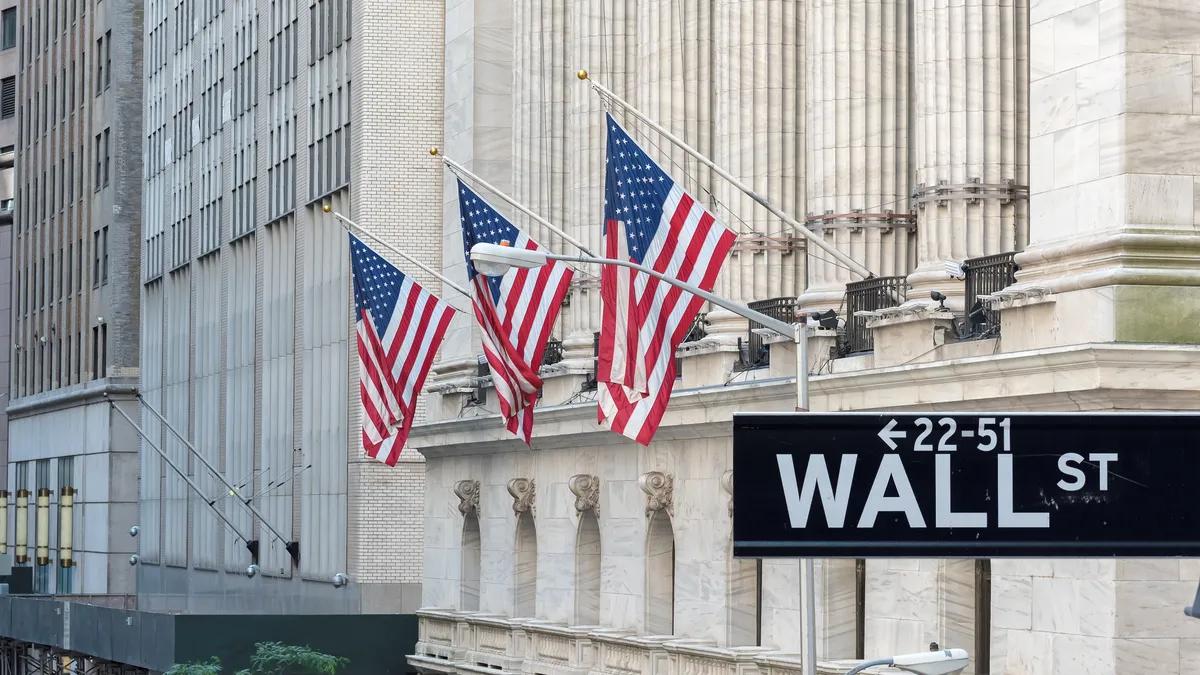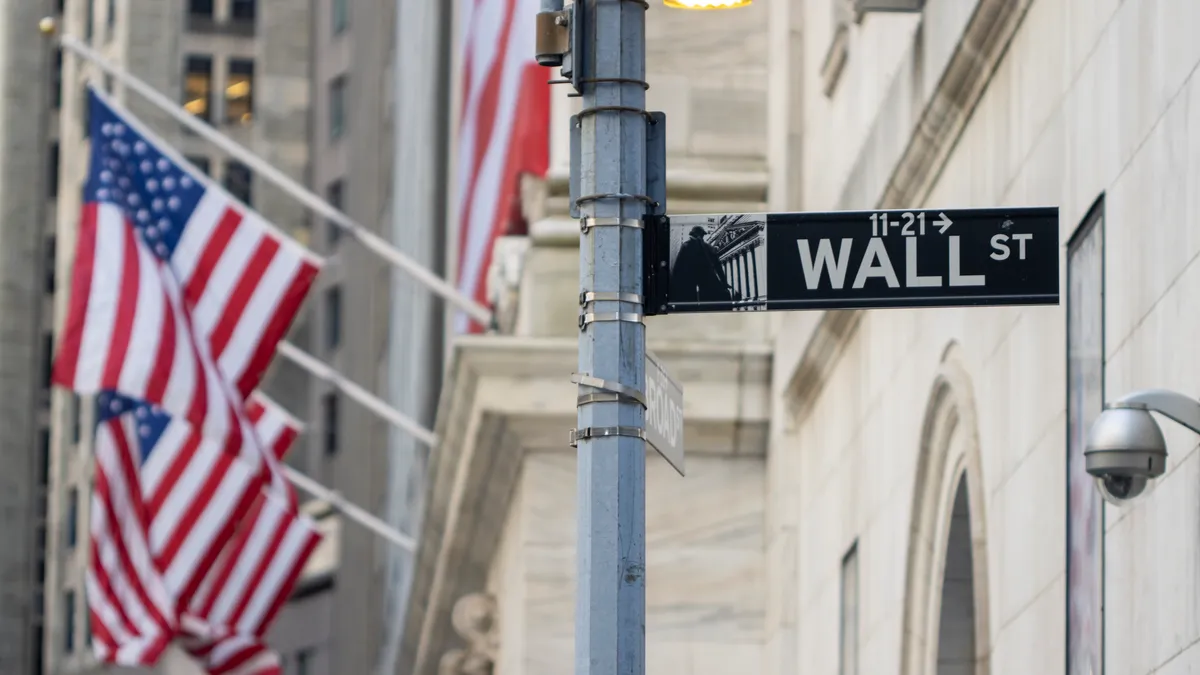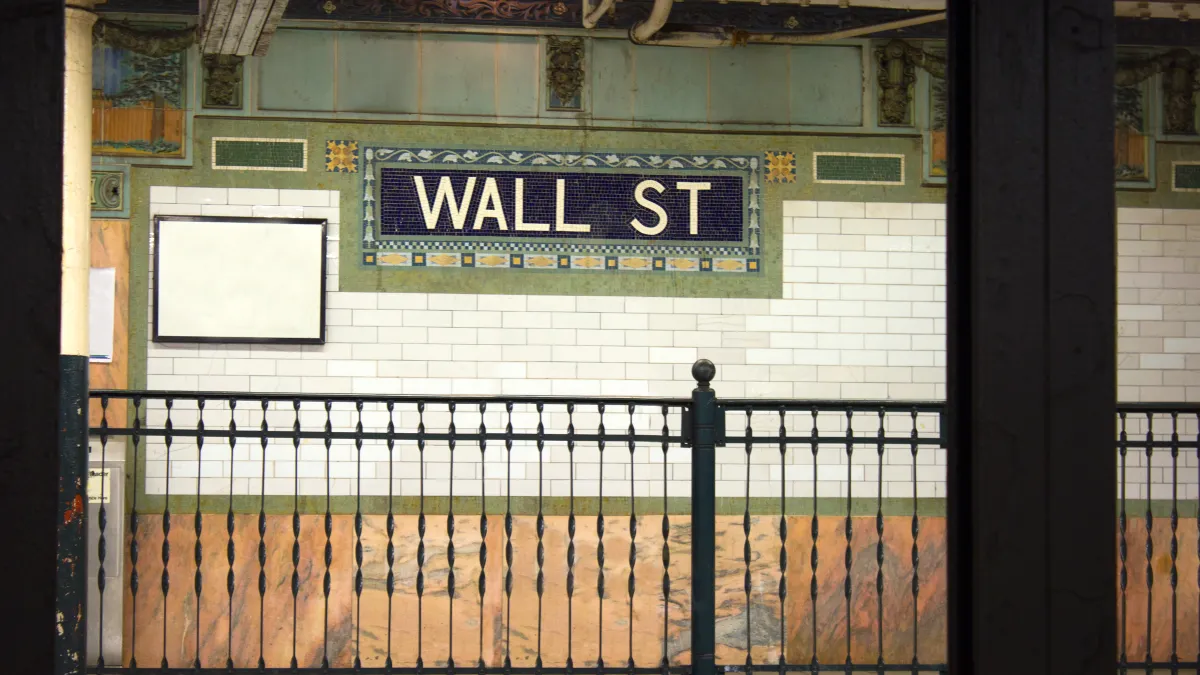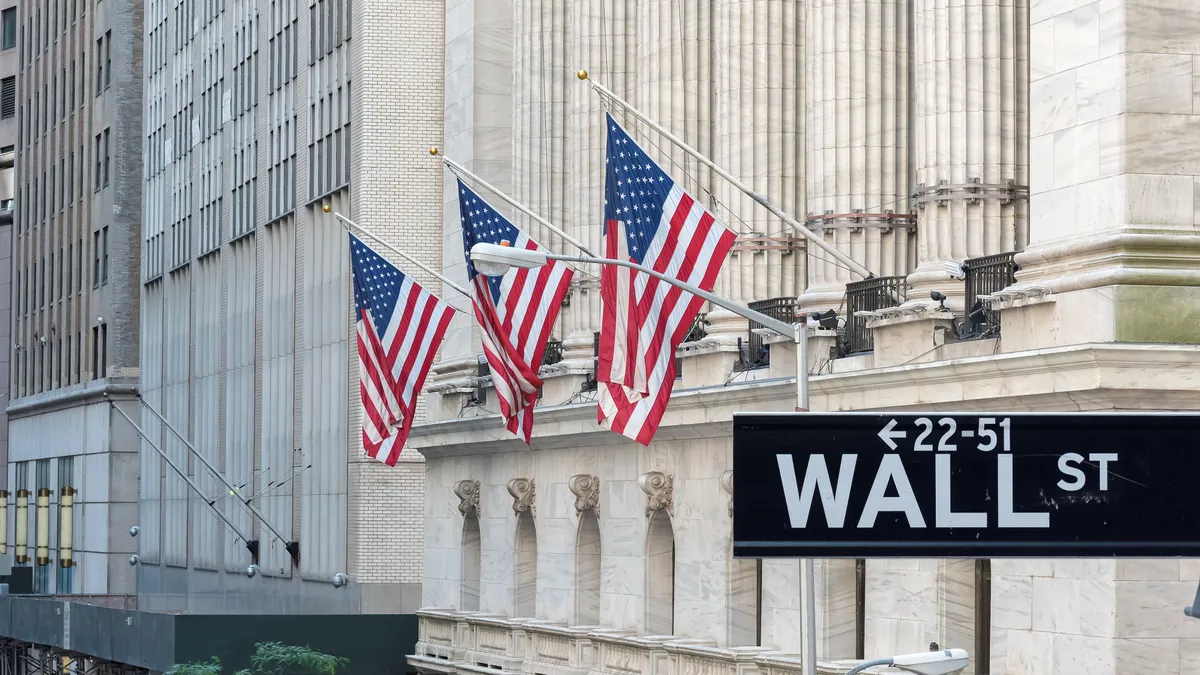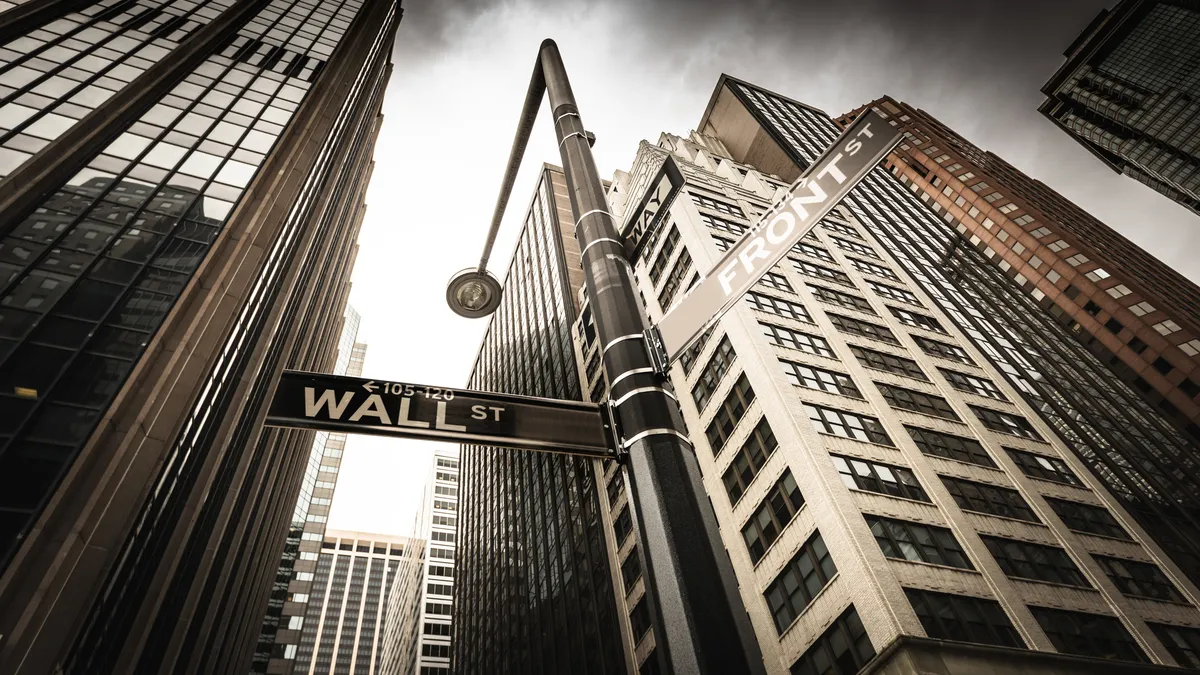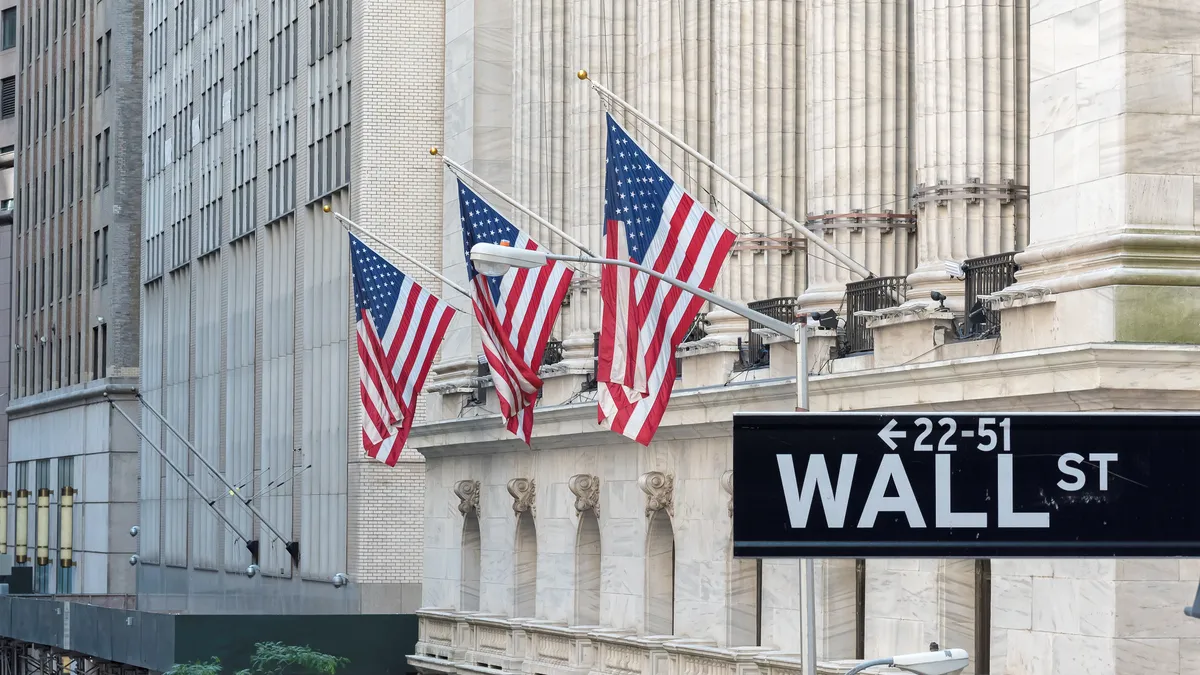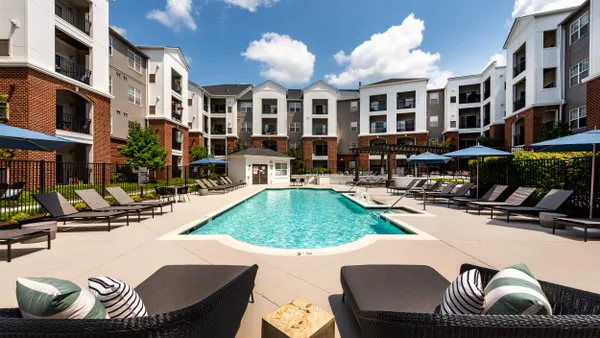In the fourth quarter of last year, UDR decided to play defense. Instead of focusing on driving up rents, the Highlands Ranch, Colorado-based REIT prioritized keeping residents in apartments. The plan worked as occupancy trended sequentially higher for each month during Q4, ultimately providing a 20-basis-point improvement compared to the third quarter.
But there was a cost.
“As anticipated, this occupancy pivot resulted in lower blended base rate growth versus original Q4 expectations, but it was the right decision to place our portfolio in a position of strength given elevated new multifamily supply in 2024,” UDR President and Chief Financial Officer Joe Fisher said on the REIT’s earnings call earlier this month.
In January, things improved. UDR’s blended lease rate growth improved to 0.2%, with new lease rate growth of negative 3.6% and renewal lease rate growth of 4%. The REIT’s occupancy increased to 97.2%, as concessions trended lower.
“We wanted to build our occupancy in a period of time where our lease expirations are the lowest,” said UDR Senior Vice President of Operations Mike Lacy on the call. “It allows you to just push your occupancy up. And then as you move into the leasing season, you can start to get more aggressive as leases start to turn.”
Here are three other highlights from UDR’s Q4 release and earnings call:
Slower growth
In 2024, UDR forecasts rent growth of roughly 1% as new competition limits pricing power. “We expect that economic growth and apartment demand will remain resilient in 2024, but historically high new supply will continue to lay on our core growth,” UDR CEO Tom Toomey said on the earnings call.
Lacy said the coasts should outperform the Sun Belt this year. The company’s East Coast portfolio is forecast to grow same-store revenue by between 1% to 4%. “We expect Boston; Washington, D.C; Baltimore and Philadelphia to each deliver full-year same-store revenue growth of at least 2%,” he said. “Signs of recent softening in demand in New York leave us slightly more cautious on that market.”
The West Coast portfolio should increase same-store revenue by as much as 3%. Los Angeles and Orange County and the Monterey Peninsula in California are expected to lead the way, while San Francisco, San Diego and Seattle are forecast to be softer.
In the Sun Belt, same-store revenue should come in between -2% to 1% with Dallas and Tampa, Florida, producing the strongest results. Austin, Texas; Nashville, Tennessee; Orlando, Florida; and Denver will see some of the highest levels of new supply, which should put pressure on pricing power.
“The Sun Belt is forecast to face significantly higher absolute deliveries than the coastal markets, although all regions will face higher relative supply in 2024 as compared to their long-term averages,” Lacy said.
Innovation continues
UDR has been an apartment industry technology trailblazer, leading the way in centralization and buildings without staffers. Even in a slower market, the REIT will continue to look for ways to boost efficiency. Right now, Lacy said that it has a list of about 60 initiatives that it is assessing.
“We are constantly trying to figure out which ones to move the dial on and where we should put our efforts,” Lacy said.
BY THE NUMBERS
| Category | Q4 | YOY Change |
| Rental income | $379 million | 2.5% |
| Net operating income | $265.1 million | 2.3% |
| Operating expenses | $113.8 million | 3.0% |
| Funds from operations | $0.61 | 9% |
| Rent per unit | $2,516 | 2.3% |
| Occupancy rate | 96.9% | 0.2% |
UDR expects that innovation and other operating initiatives will add approximately $5 million to $10 million to its 2024 same-store revenue growth. “The bulk of this growth should come from the continued rollout of our property-wide Wi-Fi [and] other property enhancements, such as the addition of package lockers as well as improved retention and less fraud,” Lacy said.
UDR is also implementing a number of artificial intelligence-based screening process improvements and credit threshold reviews. In addition, the REIT’s executives expect its customer experience initiatives to produce a 100-basis-point improvement in retention, which should add around $3 million to UDR’s bottom line.
“We do think there is a lot more opportunity above and beyond that [$3 million] to continue to push that customer experience and move detractors into supporters and start to continue to renew with us,” Fisher said.
Deals around the corner
UDR has already grown its portfolio in 2024, but the property addition wasn’t through a traditional acquisition or developments. In January, the REIT assumed the ownership interest of the 173-unit Residences at Lake Merritt property in Oakland, California, built by Dallas-based developer Mill Creek Residential.
The REIT provided $45.2 million in preferred equity and recorded a non-cash investment loss of $24.3 million after Mill Creek gave up its equity interest. “We did take the keys back on that asset as the developer didn’t want to continue to support the cash flow shortfalls,” Fisher said.
UDR also plans to add to the $1 billion in deals it executed in 2023 through its joint venture with Baltimore-based LaSalle Investment Management and operating partnership opportunities. In Q4, the REIT bought One Upland, a 262-unit property in suburban Boston, for approximately $114 million at an initial mid- to high-5% yield.
“Through platform initiatives and various fees, we expect the stabilized yield to be in the mid- to high-6% range,” Fisher said.
Even in a slow transaction market, UDR will evaluate more deals this year. “We will continue to keep our eyes open for external growth,” Toomey said.
Click here to sign up to receive multifamily and apartment news like this article in your inbox every weekday.





